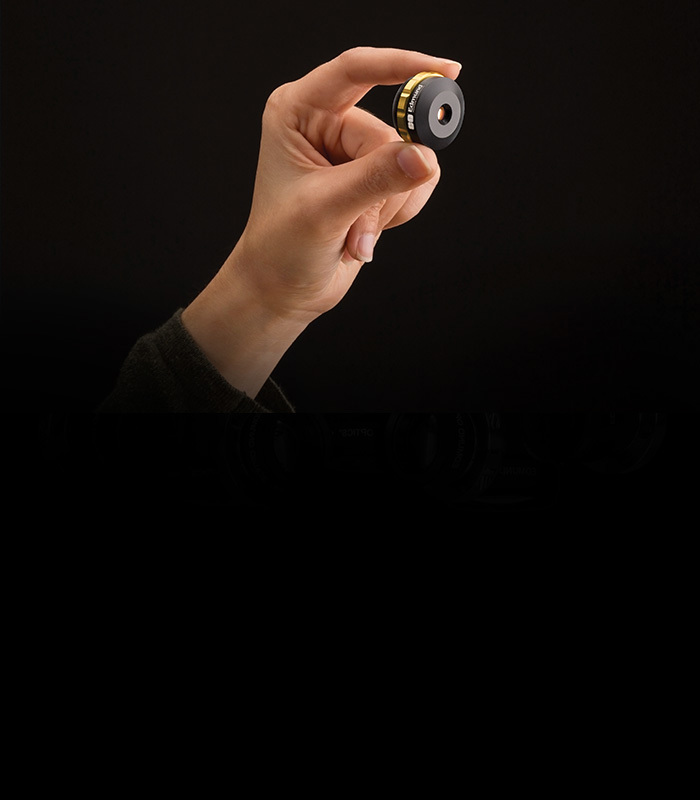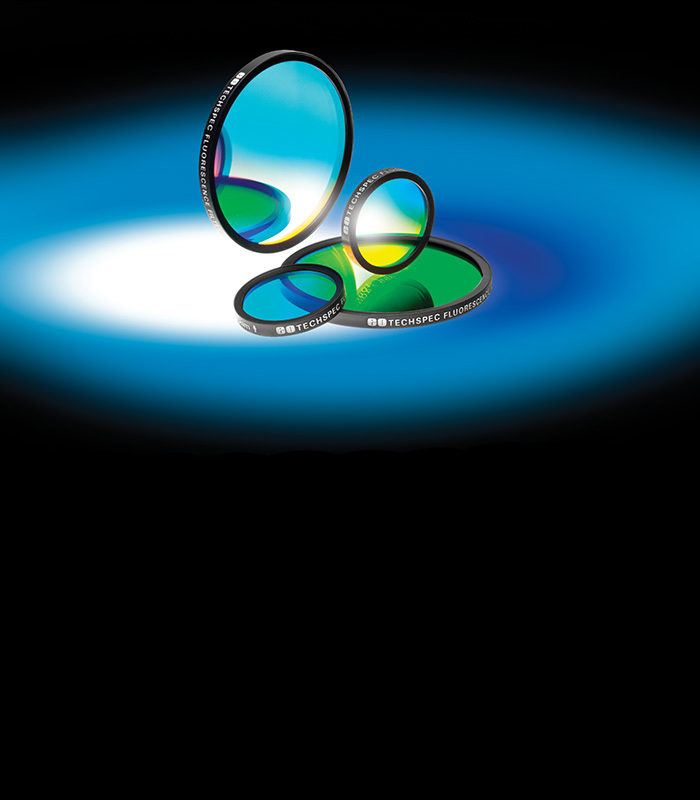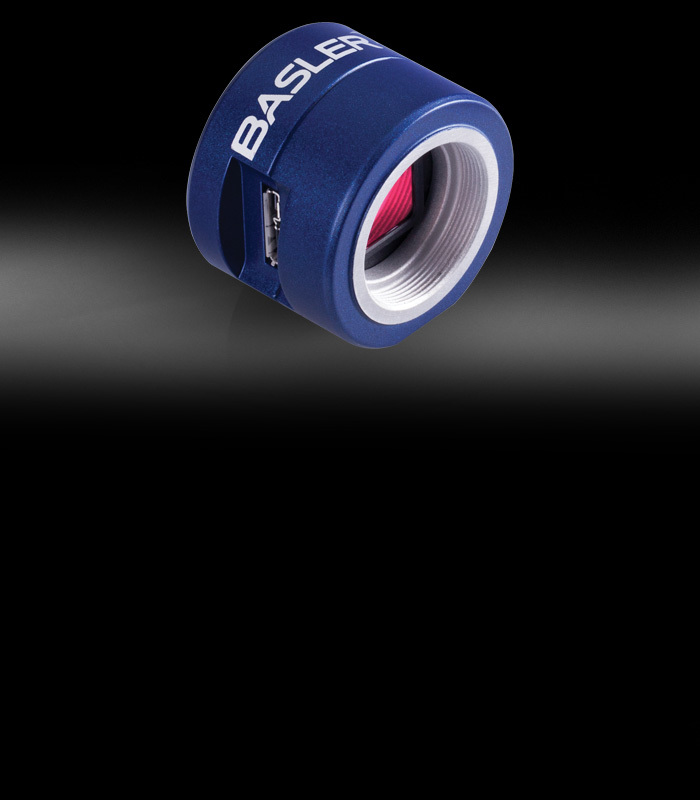
|
|
Medical Diagnostics and Detection |
|
|
Brightfield and Darkfield Microscopy |
|
|
Fluorescence, Confocal, and DIC Microscopy |
|
|
Particle Analysis with Flow Cytometry |
Applications within the medical, life sciences, and biotechnology industries often require the integration of microscopic imaging systems with analytical instruments to analyze tissue samples or cells, on incredibly small scales, for properties such as shape, size, or confluence. In addition to analytical medical devices, these optical and imaging components are also found inside particle analysis devices. One such device is a flow cytometer which uses light scattering directionality and, occasionally, multiple lasers of different wavelengths with dichroic mirrors and other filters to detect the physical and chemical properties of particles flowing through a fluidic sampling chamber. Flow cytometry is used in the life sciences industry for cell counting and sorting, but also in non-organic industries which must quantify the number of fine particles in a slurry, such as particles of titanium dioxide (TiO2) in paint.
Advances in optical technology help to enable new techniques for the timely detection and treatment of numerous diseases like COVID-19; all of which can reduce the rate of transmission and mortality. The early detection of other diseases like cancer, which consists of rapidly mutating abnormal cells that can divide, grow, and spread uncontrollably through the body in a short period of time, is critical to timely patient treatment and survivability.

Imaging systems for life sciences applications are not always visible; complex diagnostic equipment is comprised of components including microscope objectives and lenses, filters, polarizers, lasers, cameras, and more. Microscopy techniques, such as brightfield and darkfield microscopy, fluorescence, and differential interference contrast (DIC) microscopy, are used to analyze a variety of details on samples and to perform many other advanced medical or diagnostic procedures.
Edmund Optics (EO) is a world class optics and photonics manufacturer with over 78 years of experience in optics, design, testing, and manufacturing. Additionally, Edmund Optics offers a broad selection of versatile and off-the-shelf products, which are continuously updated to support current, relevant challenges for life sciences and particle analysis. Learn more about Edmund Optics and our World-Class Imaging Optics and Manufacturing Capabilities.








1American Cancer Society. Cancer Treatment & Survivorship Facts & Figures 2019-2021. Atlanta: American Cancer Society; 2019.
or view regional numbers
QUOTE TOOL
enter stock numbers to begin
Copyright 2023, Edmund Optics India Private Limited, #267, Greystone Building, Second Floor, 6th Cross Rd, Binnamangala, Stage 1, Indiranagar, Bengaluru, Karnataka, India 560038
California Consumer Privacy Acts (CCPA): Do Not Sell or Share My Personal Information
California Transparency in Supply Chains Act
The FUTURE Depends On Optics®